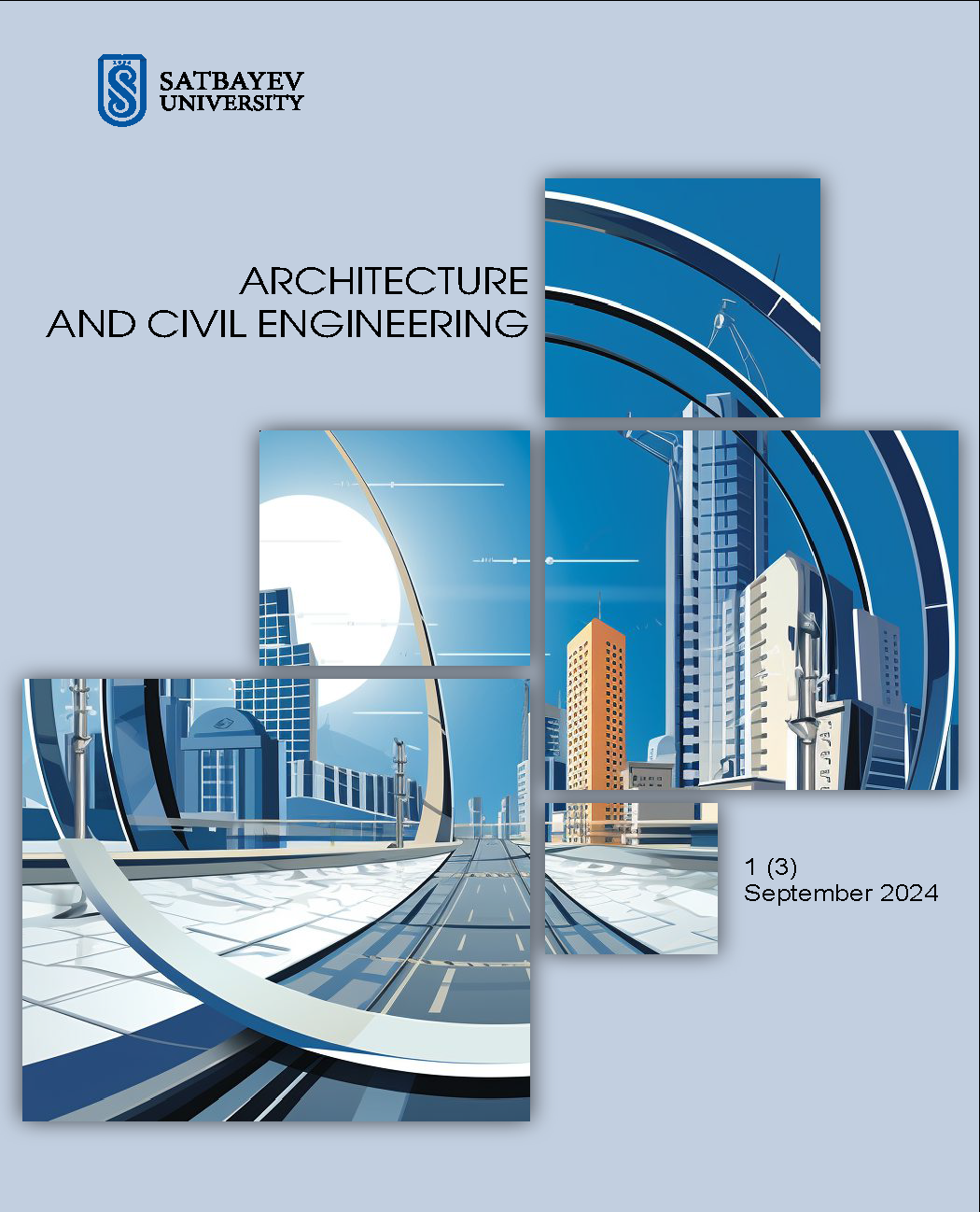The blossom of «brick style» in Central Asia
DOI:
https://doi.org/10.51301/ace.2024.i3.01Keywords:
burnt brick, brick style, ornamental decor, types of masonry, mausoleum, girikh-geometric ornament, ganchAbstract
The article presents the «brick» style that determined the aesthetic features of the perception of the architecture of Central Asia. The flourishing of the «brick» style falls on the period of the reign of the Samanid and Karakhanid dynasties – IX-XII centuries. The aim of the study is to determine the genesis and evolution of the methods of forming the «brick» style of the Samanids and Karakhanids. Based on this goal, the following range of tasks is determined: first, a cursory analysis of the use of burnt bricks in Central Asia in the pre-Islamic period; second, the analysis of the integration of constructive and ornamental structure in the architecture of the Samanids; third, the definition of techniques and methods of ornamental brickwork at the time in question; fourthly, the methods of using figured masonry made of burnt bricks during the Karakhanid period. Attention is focused on the syncretic nature of the constructive, architectural and decorative sides of burnt brick in the architecture of Central Asia in the 9th-12th centuries. The role of burnt bricks in the construction of minarets, monumental tower structures of Islamic architecture, is described. The questions of preservation of unique architectural monuments of the Middle Ages of Central Asia, made with ornamental patterned masonry of burnt bricks, are raised. The problem of destruction of building materials, in particular, burnt bricks, due to the deterioration of the ecological situation in the Central Asian region is emphasized.
Downloads
Published
How to Cite
Issue
Section
License
Copyright (c) 2024 Architecture and Civil Engineering

This work is licensed under a Creative Commons Attribution-NonCommercial-NoDerivatives 4.0 International License.
<div class="pkpfooter-son">
<a rel="license" href="http://creativecommons.org/licenses/by-nc/4.0/"><img alt="Creative Commons License" style="border-width:0" src="https://i.creativecommons.org/l/by-nc/4.0/80x15.png"></a><br>This work is licensed under a <a rel="license" href="http://creativecommons.org/licenses/by-nc/4.0/">Creative Commons Attribution-NonCommercial 4.0 International License</a>.
</div>





